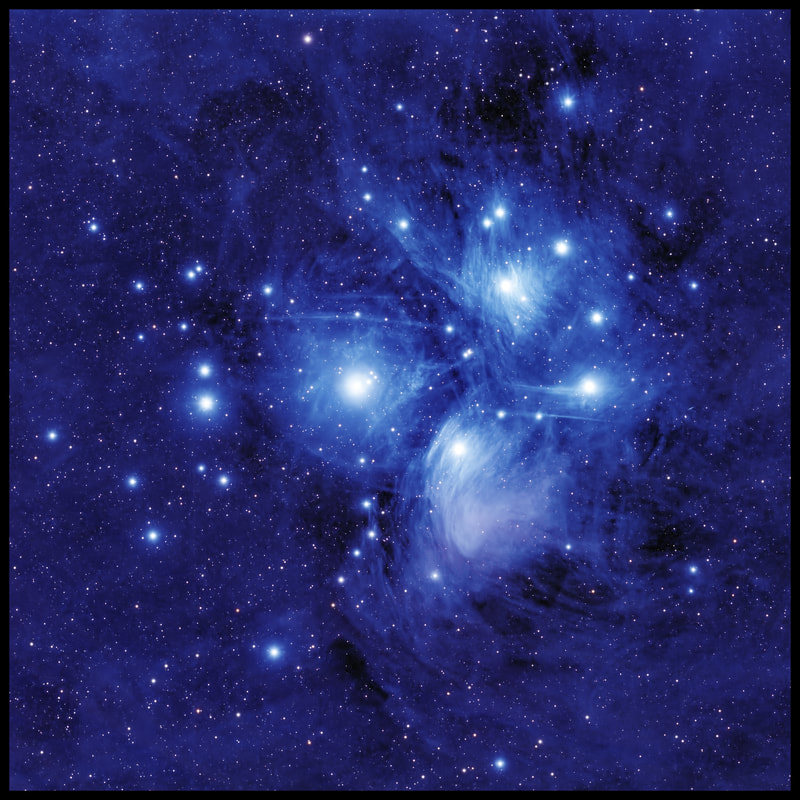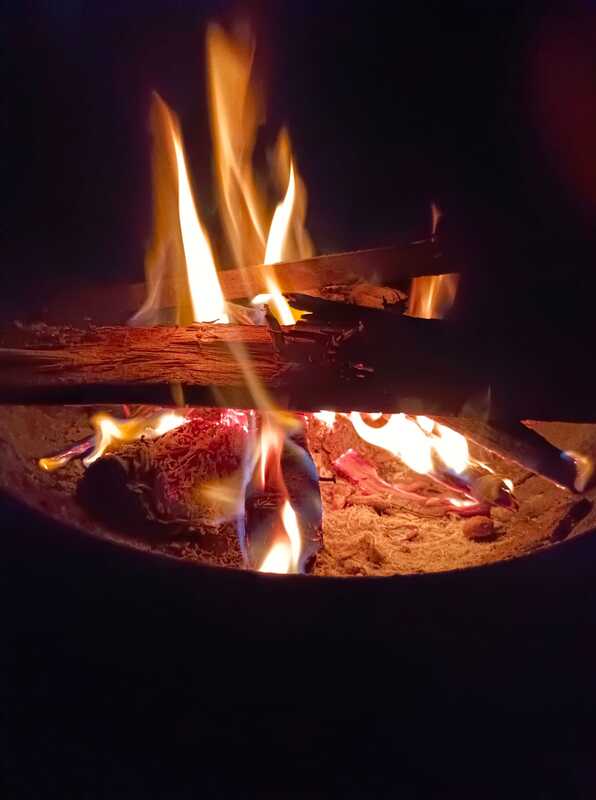|
Much of the indigenous wisdom of the world is preserved in stories. Like seeds enduring for years under layers of dark earth, cultural answers to questions such as how to survive the winter, how to heal the sick, and how to relate to the unseen are all contained in the vivid, easily-remembered narratives which storytellers carry in their voices. The worshippers of Poseidon remain alive inside the Iliad, offering wine to the sea; the wise women of Europe, killed in the Inquisition, still sing inside the story known to us as “Sleeping Beauty.” Just as every species on earth—whether tiger, rat, virus or pine tree—is a different answer to the question of how to live, so every story offers us another possibility for human life, another way of being in the world. And these insights come to us not just from cultures distant from us in space, but distant from us in time as well. How old are the stories we tell? Many of the modern stories created by the film industry go back only about a century, but stories originating in oral cultures are far older. The Odyssey was written down about 800 B.C.E., after being told aloud for perhaps hundreds of years; the Epic of Gilgamesh is preserved on the shattered pieces of clay tablets inscribed in Mesopotamia about 5,000 years ago. Many fairy tales—among them “Cinderella,” “Red Riding Hood,” and “The Blacksmith and the Devil”—are estimated by linguists to be at least 2,000 years old. Yet these numbers only hint at what oral memory is capable of.
But recent astronomical observations have shed some light on this question. For it turns out that in the past an additional star, located far from the others, was part of the larger group. If this star is in fact the seventh sister it has “wandered away” just as many of the stories describe. Astronomers have measured the speed of the star’s movement through the night sky, and have calculated that this star was a part of the larger group approximately 100,000 years ago. If this is the case then the stories of the Seven Sisters contain astronomical knowledge which has been preserved for approximately one thousand centuries. One thousand centuries is a long time. It’s long enough for the Egyptian pyramids to be reduced to bare sand, long enough for successive sheets of ice to grind over the earth and then retreat again, destroying everything beneath them. Very few of the creations of human beings can survive for that long without a large amount of luck. Yet oral memory can cross such distances, for there are examples from all over the world of myths and stories which preserve information that is astonishingly old, whether it is a flood in ancient Mesopotamia, a prehistoric eruption in New Zealand, or an earthquake in Indonesia. If you want an event to be remembered for a long time, your best bet is not a granite slab, a clay tablet, or your hard drive, but a good story. Yet it is dangerous to treat a traditional story as a kind of museum. For these stories are most useful to us not as windows into the past, but into the present. Just as each wheel of your car is both an expression of an ancient pattern and a way to get where you are going, so too traditional stories survive today not because they are ancient but because they are useful. We see with them, for the patterns they describe are all around us. These stories contain possibilities, capacities latent in us that are as possible now as they were in the past.
For to tell a traditional story is to commune with voices unknown to you, and to take your place—consciously or not—in a lineage of strangers united in their relation to a common mystery. When such a story is told time passes differently, and everyone in the room listens in a new way. It may feel as though unexpected beings are about to arrive; it may feel as if voices long ignored are beginning to speak, offering answers to questions you forgot you even had. Somewhere there is a group of men and women chanting around a fire. They’ve been chanting all night, waiting for you to join them. Why would you walk away?
You can find the astronomical paper which informed this essay here: https://www.dropbox.com/s/np0n4v72bdl37gr/sevensisters.pdf?dl=0
0 Comments
|
Jay Leeming is a performance storyteller, poet, and musician adept at bringing ancient myths and stories alive through
|

